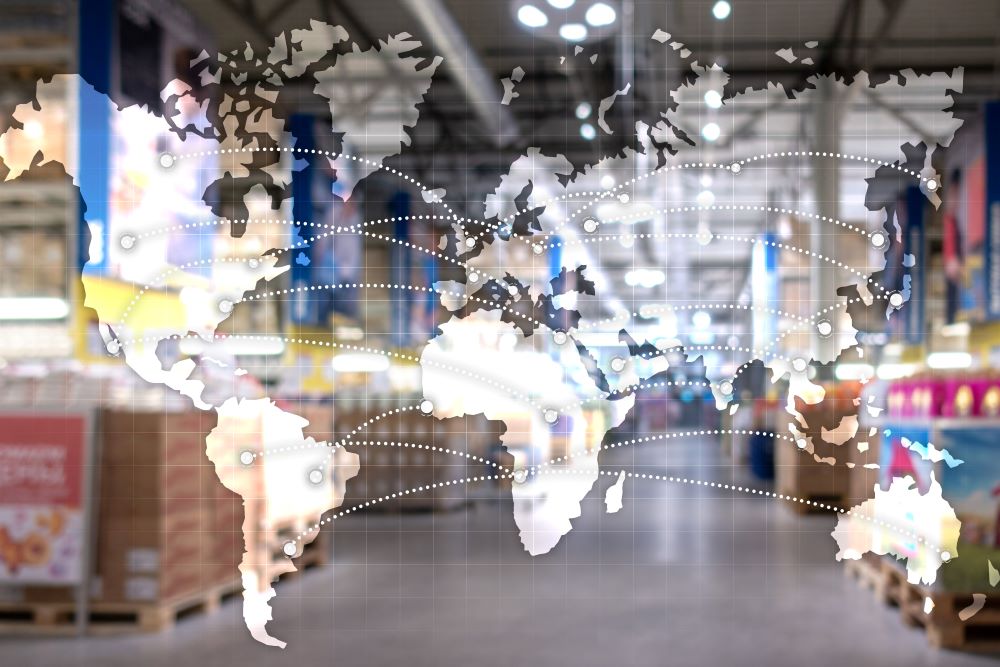A lot quite has correctly been made of new trade agreements and new trading blocs around the world which have helped to increase free trade and reduce trade barriers in the form of tariffs and quotas.
In some cases, however it is the non-tariff barriers and unfair competition that make it harder for an exporter to succeed in export markets. Put simply non-tariff barriers refer to all barriers to trade that are not tariffs
Let us look at examples of what we mean by non-tariff barriers:
| Anti-dumping duties | This is a protectionist tariff that a home government places on foreign imports that it considers are priced below fair market value. The process of ‘dumping’ is described as where a company exports a product at a price lower than the price it normally charges in its own home market. The effect of ‘dumping’ is to make it harder for home producers to compete against foreign imports sold at a lower price. |
| Countervailing | An additional levy applied by a home government on imported goods. This levy would be applied to offset subsidies provided by the government of the exporting country to their producers or exporters. Following a trade dispute around alleged illegal subsidies to Airbus the WTO authorised the United States on the 2nd October 2019 to impose tariffs on $7.5 billion worth of goods annually from the European Union. Tariffs were levied at 10% on European aircraft and 25% on some agricultural goods and industrial products. |
| Currency manipulation | Currency manipulation, sometimes referred to as unfair currency practices, is where a country artificially lowers the value of their currency, in order to make the country’s products more competitive in export markets. A low (weak) exchange rate provides a country’s exporters with a possible competitive advantage in terms of the price of their goods and services. |
| “Voluntary” export restraints | Arrangements between an exporting and importing country, in which the exporting country agree to limit the quantity of one or more exported products below a specific level. By limiting the quantity of exports, the exporting country is able to avoid export restriction which would have been applied by the importing country. |
| Subsidies which sustain loss making enterprises | Export subsidies payable to home country producers on exports. These subsidies become payable when goods leave the country. |
| Technical barriers to trade | Some technical regulations, minimum standards and certification systems can be considered as allowed – for example if they relate to health and consumer safety standards. However, they can be misused or applied too strictly making it harder for an exporter to meet the technical and safety standards, accordingly, being seen as a constraint to free trade. Some US producers consider the EU CE Mark as a technical barrier to trade as a result of the high safety standards required to achieve the CE Mark. |
| Obstacles to the establishment and provision of services | Barriers are put in place against an overseas company on the sale of services in the home country. Barriers such as data localisation (the holding and use of data) can prevent the sale of services or make it harder for a home country individual or business to buy the service. |
Intellectual Property protection has also been noted as a barrier to trade if a home country is said to be ‘stealing’ the intellectual property (patent or trademark) of the exporter. The United States has accused China of stealing the intellectual property of US Companies.
We can refer to https://www.wto.org/english/tratop_e/dispu_e/dispu_by_country_e.htm for details of current trade disputes and their negative impact on world trade, disputes often result in retaliation by countries so there are no real winners in trade disputes!
If we look at the table below it is the developed countries who are named in the most disputes.
| Country | Number of Trade Disputes as a Respondent against the Country (or Trading bloc) |
| Brazil | 16 cases |
| Canada | 23 cases |
| China | 44 cases |
| European Union | 87 cases |
| India | 32 cases |
| Japan | 16 cases |
| Russian Federation | 9 cases |
| South Korea | 19 cases |
| United States | 155 cases |
Written by Kevin Shakespeare, Director of Stakeholder Engagement at the Institute of Export and International Trade.

